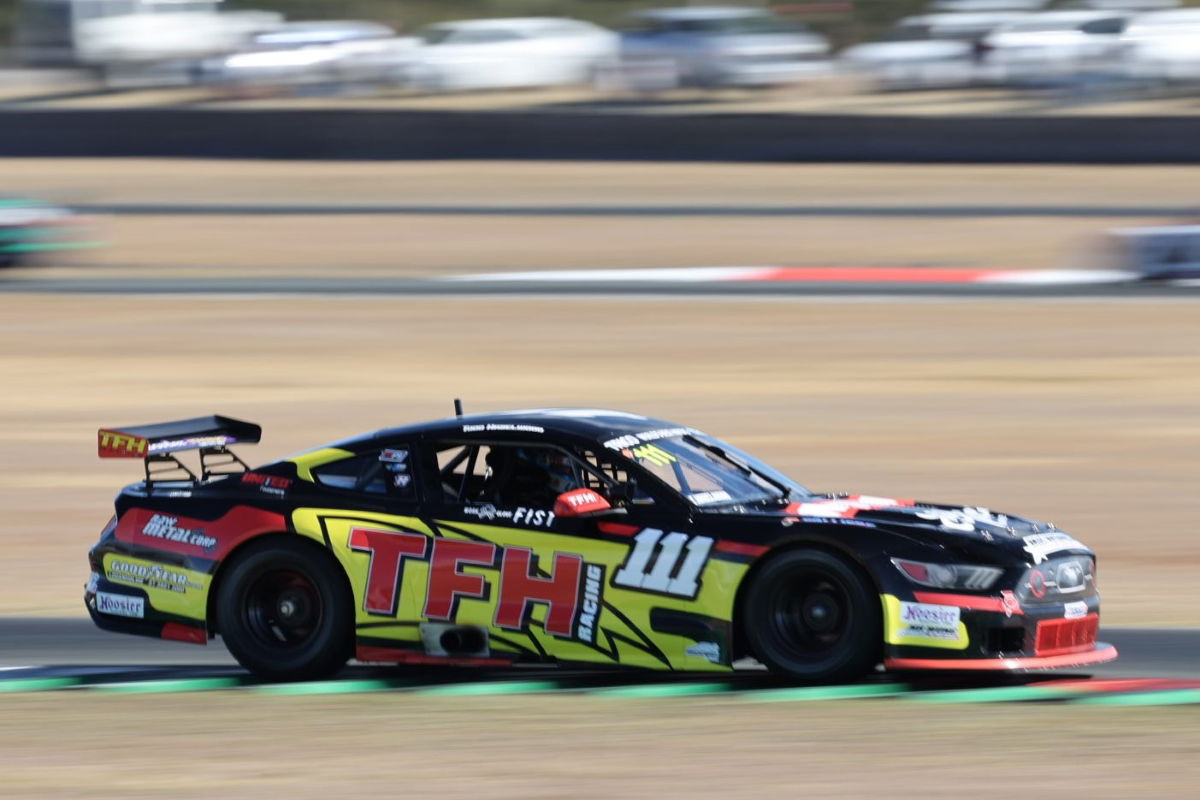

As reported by Speedcafe earlier this week, competitors in the Trico Trans Am Series will be given the option of switching from the control G-Force gearbox to a Holinger unit next year.
The move follows concerns from some competitors about the durability of the G-Force unit with the Holinger expected to be stronger.
At the same time it is more expensive, although maintenance costs could potentially be lower.
The Holinger will be an option, not a requirement, and only allowed in Trans Am, not in the TA2 category.
The move has sparked controversy in the Trans Am and TA2 paddocks given it is the first instance of technical divergence between the two, and the first shift away from using spec parts provided by PBR.
It has also led to debate among competitors as to whether the G-Force unit is too fragile, or some drivers are simply being too hard on the equipment.
Speaking on SEN’s The Driver’s Seat show during the week, Trans Am newcomer Hazelwood agreed that driver practices such as flat shifting were likely contributing to the failures.
He also highlighted his concern that moving away from PBR could be a slippery slope in terms of cost.
“Straight away you’ve got disparity in the way people drive their cars,” said Hazelwood, off the back of a dominant showing at last weekend’s Queensland Raceway round of the series.
“Some people are left foot braking, and we all know how much force that puts on a gearbox and the clutch and everything else, when you’re simply not using a clutch on the down change.”
“And I’ve heard some other people actually flat shifting as well on the up change.
“When you look at the construction of the way the gearbox is and when you actually drive it yourself, you soon work out how delicate something is when you’re racing with it. Like any piece of equipment, you’ve got to know its limit and drive to it accordingly.
“I don’t go out there flat shifting in qualifying because I know that come race 2, that’s going to penalize me and potentially give me a failure.
“What it does for the category? Probably my biggest concern is if we get one change in, then what happens to the next thing? Other suppliers might get a taste of, you know, there’s change in movement in Trans Am and TA2. Maybe it’s my opportunity to put my hand up and put my five cents worth in. And then I’ve become a part supplier for this category, which I don’t necessarily think is the right way to go.”
“I’m only new to the category. I’m still learning a lot. So I’m not going say what’s right and what’s wrong right now.
“But, I think what Cam [Sendall] at PBR is doing, I’ve got to know him quite well this year, and he does a fantastic job, him and his team there. And we work really closely with him and they’ve created, in my opinion, a cool, fun, awesome category.”
“And it’s cost effective. I think that’s gotta be the key thing that we keep in mind moving forward in this category. Yes, we don’t expect it to go up against Supercars.
“We’ve got to keep it in this programme where it’s affordable, it’s approachable, and it can be used as a proper stepping stone for whether you want to go to America and overseas or whatever it might be, that it’s a good category, but also affordable, yeah, moving forward.”
Another concern Hazelwood has is what effect a stronger gearbox will have on other driveline parts.
“I’ve had a diff yoke failure and a few other things this year, which is… some things that were not quite right on our end, but still, if you don’t get one aspect right in your driveline, it does punish the rest of the driveline quite easily.
“Everything’s built to a number and that’s what we love about our category. But yeah, you put a nice Holinger gearbox… I’ve got no doubt in my mind that it’s going to be a good thing, that Hollinger Gearbox itself, he’s got a really good reputation and a high quality product.
“But we’ve got to keep in mind that we don’t lose sight of what the category is all about.”





















Discussion about this post